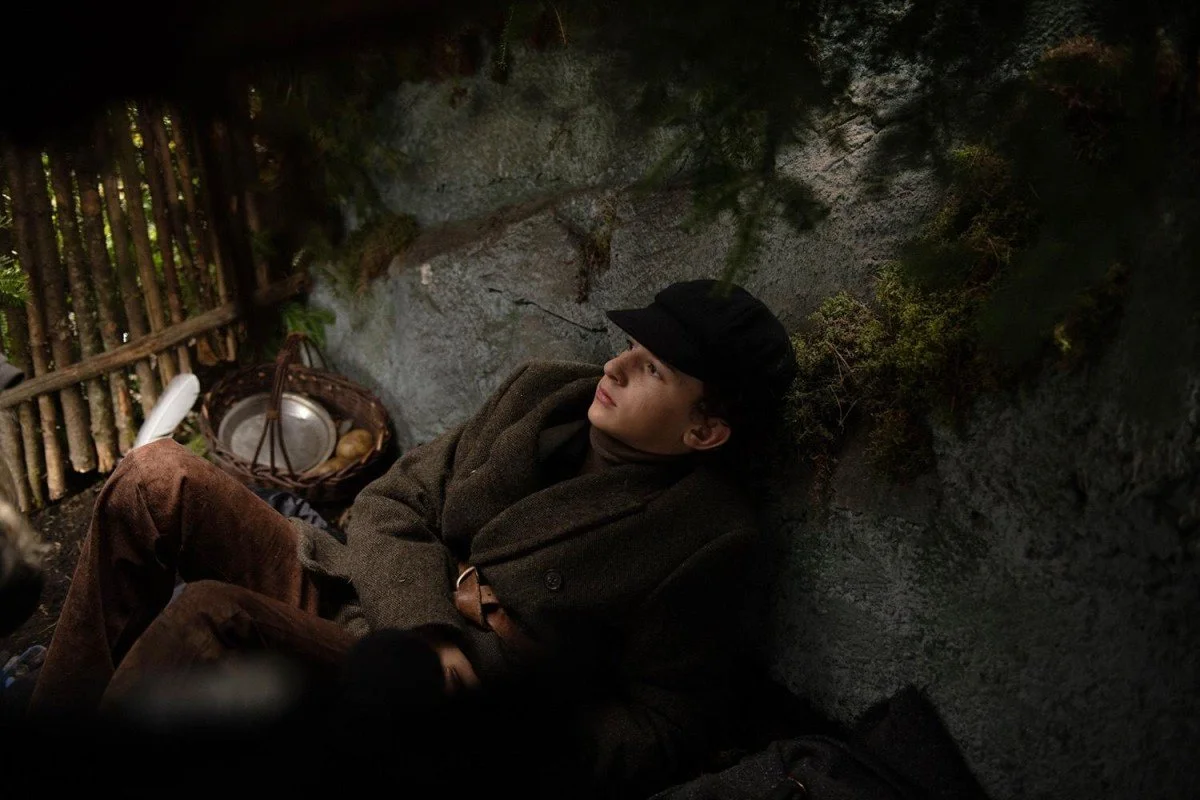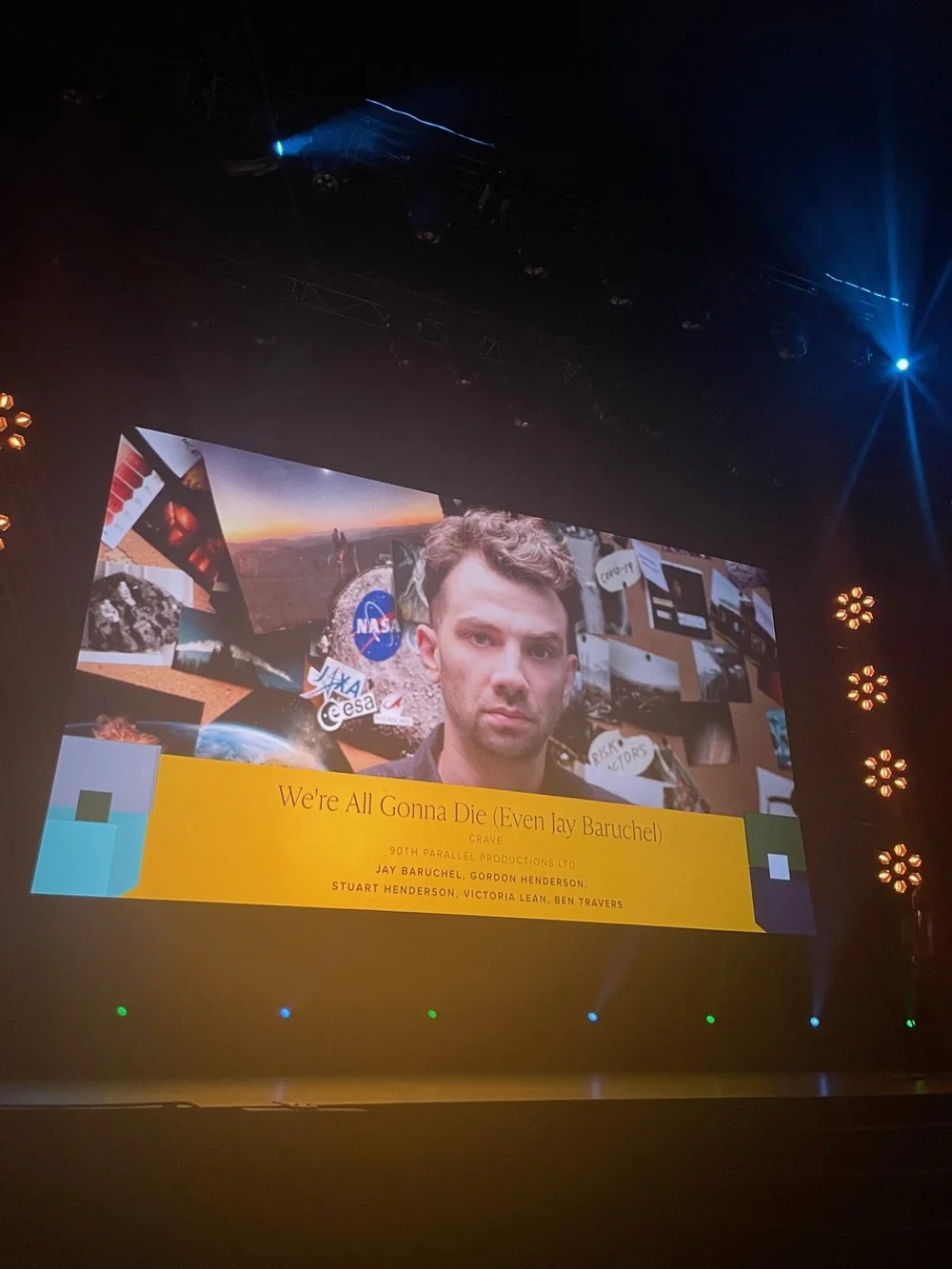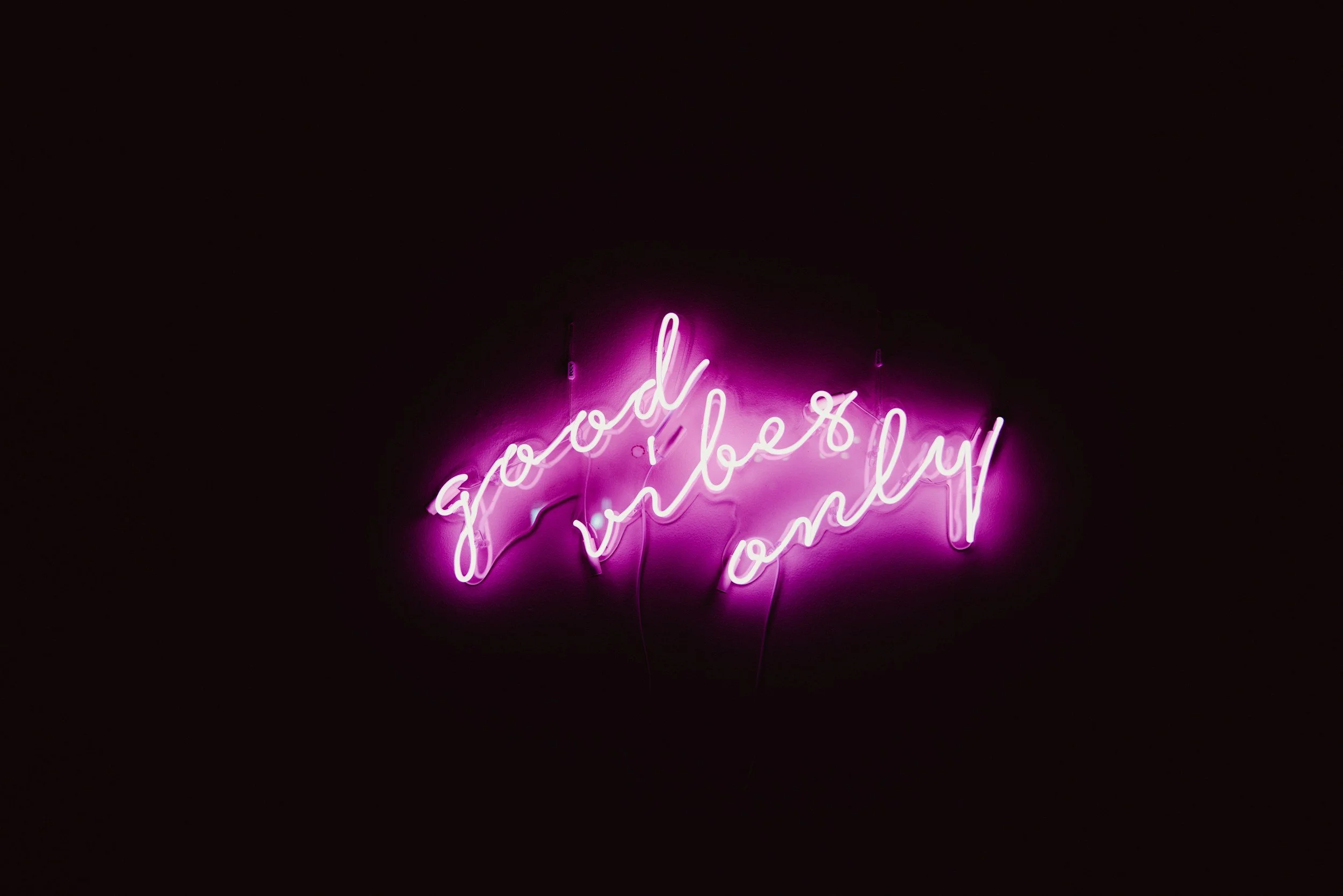There are always going to be those nights when no matter how blustery the Canadian winter weather is, you are willing to brave it (wind, rain, or snow) to go out and visit an author whose work excites and inspires you. This is how I felt last night travelling to a Toronto Public Library branch to hear / see Maureen Jennings speak about her career.
X Company - Canadian TV and Historical Dramas
I have been just bursting to write this blog since last Monday. I was invited to the premiere screening of X Company at TIFF. It was hosted by the Writers Guild of Canada and they asked us to hold off any media release until the show had featured on CBC February 18th, 2015 at 9:00pm (Toronto time).
Well now I can tell you about the two amazing people who are the brains behind this Canadian operation: Stephanie Morgenstern and Mark Ellis. Both were the creators of Flashpoint, the hit FBI series that ran for four successful seasons. Stephanie and Mark have figured out a way and continue to create top Canadian content without losing the quality of their vision due to budget restraints: a co-production with the US.
Stephanie told us at the premiere that it wasn't as if they presented an idea at its earliest formation - undeveloped and in need of a lot of work. They walked into CBS network with a finished script and Canadian support and said look at what we have, you should be a part of it!
X Company is a historical drama based loosely off of Camp X during WWII. Camp X is North America's first secret services base and is located in Whitby / Oshawa (my ole' stomping ground). Figures such as Roald Dahl, Ian Fleming, and Hamish Pelham Burn entered through these training grounds. Even women served as lethal spies! Most perished at the hands of the Gestapo, but not before they did some serious damage to the Nazi moral.
I say based loosely because Mark Ellis made it quite clear that no real historical people are going to show up in the show. Only events as they happened historically are going to be retold through a group of 5 fictional characters: Aurora (Quebecois and fluent in German), Alfred (someone with perfect memory due to an intense case of synesthesia), Neil (whole family died in the Blitz in England), Harry (Engineer student who likes explosives), and Tom (Ad man, good at propaganda and deception). All with unique gifts and none formerly a part of any army / secret service.
I think my favourite comment that Stephanie and Mark made that evening was that they were proud to be Canadian. Canada is not a "stepping stone to L.A. There is a pool of world class talent that exists at [our] fingertips" - said a passionate Stephanie. This made me so proud to be Canadian at that moment and witness a new CBC show that is sure to be a success.
The pilot is packed with action, adventure, heart pumping thriller moments, romance, and a unique look at different personalities who have to work together. There are twists at every corner and at times when we want to hate the antagonists (Nazis - DUH) Mark and Stephanie humanize them with little comments here and there, "I wanted to go to Med-school but I had to serve in the army first."
Mark and Stephanie closed the evening off with some inspiring words. They said write what interests you. Don't follow market fads because by the time your show comes to fruition, that trend has long since passed. Their idea was an ongoing interest for ten years before it became a reality. This really put my own goals and aspirations into perspective.
To Mark and Stephanie and all the production / post production / distribution / broadcasters involved in X Company, I am "happy to learn to know you" over the next few months.
- Jenn
NEXT WEEK'S BLOG: Other Canadian Co-Productions
"... The hit Canada show, Vikings, is also a co-production: Canada - Take 5 Productions - and Ireland ... This also happened a few years back with another CBC show, Titanic: Blood and Steel. Take 5 Productions and Temple Street are leading the production world in Canadian ..."
Nick Price and Wander Lost
I distinctly remember having a talk about sensuality and art in school. It centered around how we as human beings experience art. Do we see it? Do we touch it? Do we taste it? Do we hear it? How can we define "art as experience" as a code of conduct. Must we always be able to see or is it how we feel. If you are trapped in a lonely dark space and all you have are your thoughts to keep you company, is that art?
Perhaps we can broaden this idea of experience and art to the feeling that resonates in us. Whether immediately after or as it brews and settles over a long period of time after.
I think the most interesting way of experiencing art is hearing it. Music cannot be seen, it cannot be touched. It is a concept. The wavelengths bounding off the wall and through the loudspeakers can only be understood on a scientific spectrum. We do not see, and we do not feel touch. Only bass can resound deeply within us but how do we even begin to describe that?
We do hear. And it is the most intense of all things. Hearing how sounds are mixed together draws us to a different space. Something rooted deep within us.
For me, music evokes visual iconography. I SEE things when I HEAR things. A classical symphony calls to mind a graceful ballet. A thumping bass hit makes me feel energized and ready to dance. A peaceful melody has me at a cottage or meditating in yoga class.
On Tuesday February 17, 2015, Nick Price released his EP album Wander Lost. He hosted the event at a cool venue in Toronto that was once a place of worship for buddhists. While I was hearing the sweetly tuned melody of the electro keyboard, the thick and heavy electric guitar and Nick's vast array of vocal octaves, I was taken elsewhere, outside the room. The songs made me escape in those moment and enter into others.
When I heard "Cabin Built for Two" I found myself first in an empty loft apartment in the great city of Toronto. I saw a couple, young and vibrant, looking at the space hungrily, soaking in every detail, dust particle, and crease that their home had to offer. I saw them rip open a box and string a king-sized white sheet across rope. They threw in pillows and blankets and a flashlight. As the light outside faded, their tree-fort haven lit up brilliantly. They built a space for two.
I was violently taken away from the safety of this image and thrust into the great outdoors, surrounded by intense forest noises and perhaps the rushings of a close by brook. A small log cabin stood amidst nature's encroaching branches. Two people lay outside by a dim camp fire, in sleeping bags and gazing at the stars. Their eyes shining brightly with reflections of constellations.
It was like this all night: mesmerizing and purely hypnotizing. I was taken on a guided journey. I let myself relax into the sounds and my imagination took over. All sense of time and reality stood fleetingly aside.
As Shakespeare wisely put it, "if music be the food of love, then play on. Give me excess of it" - (Twelfth Night). Music inspires those who listen.
Thank you for sharing with us your beautiful talents Nick. If you haven't heard any of these songs you are severely missing out. Just click and enjoy...
- Jenn
Selma in Review before the Oscars
I am really excited to share this blog with everyone. I was fortunate to have guest blogger, Alessia Iani (Ba, and MA graduate), contribute this week right before the oscars. She watched Selma in theatres and has written a very in depth analysis below. It sent chills up my spine.
Let's Talk Social Media: #FNLROM
How are companies today using social media as free advertising? And what is the most effective way of engaging with your audience?
In November, 2014, my friends and I went to the ROM on a Friday night to experience Friday Night at the Rom (#FNLROM). We were greeted with a DJ, dance floor, food from different cultures, bars in every nook and cranny in the museum waiting to dispense wine and mixed cocktails, and all the discoveries and facts the ROM has to offer.
It was a brilliant way to get together and enjoy a combination of interactive learning with a fun night out.
This past week, I attended their themed night: Carnival. It was awe inspiring! Everywhere we went we heard live music, we saw a fashion show, and enjoyed watching the models dance on stage to Soca music.
I think what made the night even better is the massive screen they have in the main area that showcases Instagram photos of people at the ROM that night - live feed! It made me want to take photos and be a part of the live action.
I even got a nice comment from the ROM for the photo below.
I find this combination of social media and interactive experience seamless. I never felt like I was a part of a giant advertising scheme because it was fun. It took the action of photo taking, something that exists already with the advent of smartphones, and made it special. Everyone likes to feel important and noticed and in this way, the campaign at the ROM was truly effective.
Besides, who doesn't like dinosaurs and wine and cupcakes?
- Jenn
Widescreen Thriller: A Most Violent Year
Let us continue the tradition of using Ted Hope's five criteria when it comes to cinema: what five things do we want from cinema? This past week, I had the privilege to watch A Most Violent Year (2015), starring Oscar Isaac, Jessica Chastain, David Oyelowo, and many others. Written and Directed by J. C. Chandor.
An Age of Web Series
A year ago, I discovered The Lizzie Bennet Diaries. After several intense weeks of constant youtube watching, the show was suddenly over and I wanted more. I researched and came across the real production company behind this web series: Pemberly Digital. Okay so maybe I was attracted initially to the Pride and Prejudice reference, but upon further inquiry, I realized that this was a special production house that modernized nineteenth century literary classics into modern and accessible stories.
What do WE want from cinema: Inherent Vice
I had a really unique movie going experience last week. At 9:20pm on a Tuesday night, I trekked alone to Cineplex Odeon Varsity Theatres at 55 Bloor Street, Toronto, for a VIP screening of Inherent Vice (2015). Directed by Paul Thomas Anderson, adapted by Thomas Pynchon's novel, this is by far one of the most interesting films I have got to see this year.
Toronto's Film Resources
I'm a film tourist. I'll be the first to admit it. I'm scared to take the plunge and make my own film. However I am utterly engrossed in film culture. I read the magazines, I follow the twitters and I join the clubs. Film culture can be enjoyed by filmmakers and film lovers alike. They are great avenues for making new friends, networking, and discovering new work that you may enjoy. I'm lucky to live in Toronto which is home to a flourishing film culture.
Fantastical: One More Time With Feeling Mr. Fox
This is about a movie that has been out for a while now but comes from one of my favourite directors, Wes Anderson. His first children's movie, The Fantastic Mr. Fox, came out in 2009. I only realized after the fact that this director created The Royal Tenenbaums, another favourite of mine. I had felt that same joy I had during The Tenenbaums as I did in Mr. Fox. Then a wondrous friend connected the two together and I became instantly an auteur fan. For indeed, Wes Anderson is an auteur.
TECH-nically a Women - Fully a Person
Two experiences in the last two weeks that have changed my perspective
After having watched The Hundred Foot Journey (Lasse Hallström, 2014), I picked up the novel and whipped through it in under a week. Quick plot: a family from Indian emigrates to a small country town in France. The family opens up a restaurant, attracting much attention from a local high top restaurant owner, Madame Mallory. She takes the main character, Hassan, under her wing and he ends up in Paris with his own 3-michelin star restaurant. My favourite part about the story came at the very end, when the michelin-inspection committee calls Hassan to award him his third star. The critic says, "you are the first foreign chef in the city to ever win a third star." Quite a backhanded compliment.
Similar to this experience, I read an article in LinkedIn called "Recruiting, and Retaining Women in Tech." A good brief article about why women feel unwelcome in tech related careers,
"If your company is mostly male, you will have to work extra hard to create a women-friendly culture, where women don't feel they are different" - Caterina Fake (CEO, Findery).
The article ends with a call to action:
"Don't just sit and wait for women to apply for jobs. Make sure your company is friendly to women. Let it be known that you are interested in recruiting and retaining women. Build your own pipeline for applicants."
My immediate reaction was positive. Of course women (like men) want to feel comfortable and safe entering a work environment. And let's be honest, certain jobs have a reputation of being ill-suited for women. Upon further consideration, however, I also realized that it might potentially be backhanded. Like our compliment above. What if you found out after being hired at the workplace of your dreams that you were considered there, not solely based on skills, but because you were a woman? How do you feel?
WHY
Sheryl Sandberg and Adam Grant write a column called Women at Work in the Sunday TIMES. This past week, they explored "Why Women Stay Quiet" in workplace environments. They open with an example of an incident I believe we have all been through:
"Almost every time [women] started to speak, they were interrupted or shot down before finishing their pitch. When one had a good idea, a male writer would jump in and run with it before she could complete her thought." - [reported by Glenn Mazzara]
Sound familiar?
I attended an extremely inspiring and helpful talk by Carolyn Lawrence, President & CEO of Women of Influence. She talked about how men and women learn differently, but that both genders are key ingredients for a company's success. It is figuring out how to use each other's best qualities / assets that is the challenge. Once this hurdle is overcome, however, success follows.
I walked away with two feelings. The first is, no longer will I remain quiet. If I have ideas, I will share. Later that week I did just that. And what happened? I was immediately interrupted. However, unlike the ladies above, I took matters into my own hands. I stopped that male speaker right away and politely said, "I am sorry, I was not finished my thought."
What happened next?
They were not offended and actually stopped talking. I was able to finish my thought and even though they shot it down shortly after, I had at least commanded the attention of the table for that split second without endangering myself as being called rude.
The second lesson I learned is to ACTUALLY walk away. She said that if your situation has reached a point where you feel unhappy, then leave. So simple. The grass is always greener on the other side.
Concerning Balancing Gender Diversity in the Technical Sectors
OKAY. So. How do we balance these ideas? How do we address the need to have gender equality in the technical sector without calling attention to gender itself?
Women as persons. That is my balancing solution.
Another article was brought to my attention at a meeting with MUFFS (Monthly Underground Female Film Society, Toronto) this past weekend: "Ten Surprising Movies Directed by Women".
First off: Dear writer who is indeed a woman, why is this surprising at all? Did these films possess an overall male-aesthetic and male-perspective? What is the surprise: the fact that these films are successful? The fact that these films won awards?
"Not only did the film get nominated for 4 Canadian Screen Awards, and 3 Oscars, it was directed by a woman (whereupon multiple exclamation points appear - profusely overused - for an exaggerated effect)."
No more.
Support for women locally
To me it is so simple. People are people. Women are people. Therefore, let's celebrate human achievement - irrespective of gender. His-story is made up of Her-story too.
*Excuse my lack here at this moment of mentioning RACE or SEXUALITY or CULTURE. These are three completely different (yet interrelated) topics to tackle for a different week.
What can you do? Join a club. Join a society. Volunteer. Blog. Listen. Read. Educate yourself. Empower the people around you. Use language as a positive inducer versus as a Debbie Downer.
I helped volunteer at a really cool event this past November called Women Who Rock - Auction for Action. A collection of top mining CEOs gathered that evening on stage and were auctioned off to women in the mining industry for a one-on-one counselling session (career advice and young entrepreneurs). All proceeds ($6,000) were raised for the Alma Fund, which financially supports women in South America.
Support for women internationally
I recently signed a petition with Global Fund for Women concerning "ending the gender technology gap." This initiative supports international women by making available all areas of technology / science / development to both genders in an equal environment.
To conclude my analysis, there is definitely a move towards awareness in the workspace concerning the lack of women in the technical sectors or even the absence of female contribution or shared opinion. Please share some articles you found intriguing and continue the talk moving forward.
People as people,
- Jenn
BLOG CONTRIBUTORS
Her (Spike Jonze) - Film Analysis
Seeing Him through Her perspective
Starring Joaquin Phoenix (Theodore Twombly), Scarlett Johansson (Samantha), and Amy Adams (Amy), Spike Jonze explores the possibilities (and functionalities/benefits/limitations) of a romantic relationship evolving between a man and an operating system on his computer/cellular device: better known as Samantha. It is “Samantha” because in a list of hundreds of female names, that is the one the OS 1 liked best. I say evolving because the relationship is dynamic and changes throughout the course of the film as Samantha eventually becomes a multi-platform software and stretches her services to more than 600 users.
Charlotte Ficek - A Diner Series at Boxcar Social
I had the privilege in November to document my friend's art show at Boxcar Social, a trendy coffee / liqueur place midtown, Toronto.
Charlotte Ficek drew her inspriation from some experiences she had at diners all over the city and came up with her art collection.
From grumpy pizzas, to unhappy tacos, to gruelling banana splits, Charlotte really demonstrated a complete diner experience in all her art.
It was enough to make anyone's mouth water.
You can see from each artistic iteration of Charlotte's imagination, a bit of her lovely personality coming out on the canvas in a whirlwind of colour.
Thank you to Boxcar Social for hosting this event, you were the perfect venue for Charlotte's art.
- Jenn
*PS: you can order her illustrations on t-shirts and cell phone cases. Hit the link here to go to her personal site!
The Grand Budapest Hotel: Camera as Director
There are too many things to be said for Wes Anderson's latest film, but there are some important notes I must log here because I think they are just brilliant.
I am first and foremost, a massive fan of his collection of works. Not realizing at a younger age just who he was, I fell in love with The Royal Tenenbaums and this carried me through until I saw The Fantastic Mr. Fox and Life Aquatic.
Complete Filmography
What makes Wes Anderson's films so lovable are his characters and intricate plotlines. The characters are usually simple in that only enough of their life is made known to the viewers to guide them through the film. We are never emotionally attached to any character because we are only fascinated by them. This makes it very easy for Mr. Anderson to kill off characters at will, without a tear being shed by the audience. The narrator of The Grand Budapest goes so far to say in his voice-over narration that little is known of Mr. Gustave because he never told anyone who he was or where he came from. He is who he is in the film and that is all that we as the audience need. We learn who he is not through history but through his present character development. There are a few times, such as those in The Royal Tenenbaums, where Mr. Anderson does use flashbacks to get the viewers up to date with the current story. But even then, the action of the past is used to describe the present action (making it once again in the moment and alive).
How are we not emotionally attached to any character? Ask yourself this: do you relate to his characters? The answer is usually no because his characters are extremely fictional and even aware of their fictionality. They are serious people leading lives that are meant to be taken seriously, but all through sarcasm and a theatrical flare. I dare say, Shakespeare would have gladly sat through any Anderson film (if he were still kicking around)...
But I stray. We remain interested in the plot and what happens to the characters because of our own curiosity. Like Deputy Kovacs cat before it is tossed out the window and declared "deceased." When Mr. Gustave H. is in jail, we are only concerned in how he will escape, without a tinge of sympathy for his well-being. His actions spur the narrative forward, and his commentary undercuts any moment in which the characters 'ought' to portray emotions. After Mr. Gustave H. and Zero Moustafa are beaten on the train for the first time, Gustav tries to recite a poem to express his emotions but stops half way through with a "f*ck it." And by undercutting the actions, we the audience are never given time to react properly. The only sounds that we can express from an Anderson film is muted laughter or witty chuckling.
The theatrical-ness and fictionality of the worlds that Mr. Anderson is able to create are more in control than the characters. This can be interpreted by the camera movement. Most films create a sense of action-realism in the narrative by having the camera follow a character's actions. It is as if the camera just happened to be there and is turned on. In Mr. Anderson's films, though, the camera often moves before the character has a chance to go off frame and rests for several seconds on a blank stage. The characters reappear again and continue their actions. The camera is directing the story and pulling us away from getting too carried away with the characters. It tells us where to look, when to look, and what to take away from that particular scene. These montages are then linked together by a series of inter-titles highlighting the introduction of characters/events that will be introduced into the plotline. We do not question the entrance of each character and automatically believe that they too exist in this filmic world.
When Mr. Gustave is declared dead before he is able to grow old from a bullet I felt little sadness for this, as little as Zero's wrinkled face showed. "The world that Gustave lived in died out long before he was born. But he carried the falsity through with charm and grace" (something to this effect is expressed at the end of the film by Zero).
There are two relatable strong emotions (if we can even call them that in light of Anderson) greatly explored in the film: sexuality and love. The latter is more simple. Gustave's love for old blond women, Zero's love for Agatha, the author's love for his grandson, and the curious girl at the beginning who visits the dead author's grave. Perhaps the most memorable exclamation of love is on the train when Mr. Gustave yells angrily at the 'firing squad': "GET YOUR HANDS OFF OF MY LOBBY BOY."
On the note of sexuality - this mainly takes place through Gustave's interactions with his hotel guests and the graphic painting of the two women pleasuring each other, which replaces "The Boy with Apple." The painting is a hilarious undercutting of what Boy with Apple stands for (innocence and vitality). Yet, the two women are neither offensive or vulgar - it is just a starkly opposite portrayal. What is made clear, however, is the underlying attraction Gustave has for younger boys. All the concierges seem to have an attraction for boys too. Whether sexual or purely platonic, the movie never makes a clear case.
To draw these thoughts to a close, I say go watch the film if you haven't and if you have you will perhaps agree/disagree with my analyses (feel free start a discussion below).
I am afraid that will be all "darling."
Until the next Anderson film.
- Jenn















